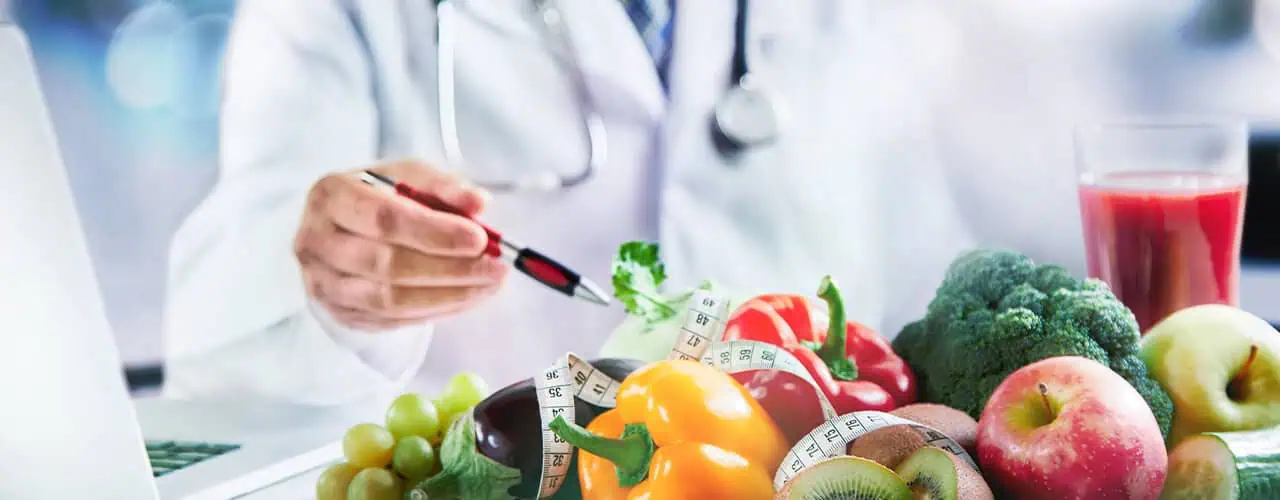Are you living with chronic pain or inflammation? If so, there may be a simple solution for you: changing your eating habits. Proper nutrition can play an important role in managing your discomfort. Many people live with chronic pains every day, unaware that simply eating the right foods can actually help them find relief. Maintaining a healthy diet, in addition to frequent exercise and reduced stress, can help alleviate your inflammation and chronic pain. For more information on how nutrition can help you find relief, contact Magnolia PT today.
Why do we experience inflammation?
In many cases, inflammation is natural. Without inflammation, injuries would not be able to heal completely. It is the body’s way of promoting healing in response to physical harm or sickness. Pain and inflammation typically go hand-in-hand, so if you are feeling pain in a certain area, there’s a good chance that it’s also inflamed. With any wound, infection, tissue damage, or buildup of toxins in your body, your immune response will be triggered in order to initiate the healing process, thus resulting in inflammation.
While inflammation generally is a positive response, chronic inflammation can be an indication of a deeper underlying condition. Without treatment, chronic inflammation can lead to much worse outcomes, such as arthritis, diabetes, heart disease, and even some cancers. If your pain or inflammation has persisted for three months or longer, it is important to consult with a physical therapist as soon as possible, in order to get it under control.
Treating pain and inflammation with nutritious foods is a natural, easy, and healthy way to ease your discomfort.
A nutritious, anti-inflammatory diet:
Several patients who choose to participate in an anti-inflammatory diet report a significant decrease in symptoms. You can help speed up the healing process as the body purifies itself during the inflammation process by switching to a diet that complements the removal of toxins. The three basic components to an anti-inflammatory diet include:
- Less dairy and grains. In order to strengthen your body’s immune response as much as possible, you’ll want to try and avoid simple carbs and sugars completely. That means no pastries, no donuts, and no white breads. Dairy products should also be extremely limited, so be mindful of serving very little cheese or milk with anything. Whole grains such as barley, oats, brown rice, and wheat are best when practicing an anti-inflammatory diet.
- Less red meat. It is best to avoid red meat altogether in an anti-inflammatory diet, but if you must add some in there, it should be very scarce. One small piece of steak, one time per week, should be your maximum limit. The proteins in red meat require extra work from your kidneys to process; therefore, eating a lot of it will slow down your healing process. The good news is that chicken and fish are just fine for an anti-inflammatory diet.
- More vegetables. One of the best ways to reduce inflammation is to increase your veggie intake. This diet is most successful if you eat up to nine servings a day, with the vegetables preferably served raw. Brussels sprouts, cabbage, cauliflower, and broccoli are some the best options. It is okay to substitute fruits for a couple of your servings, in order to break it up, but vegetables should be your main ingredient for the most part.
Contact us for assistance:
The diet above should help reduce your pain and inflammation. Additional steps you can take to relieve discomfort and improve your health include exercising daily, managing your stress, and maintaining a healthy body weight.
If these tips don’t prove to be successful, or if you’d like more assistance in making them a part of your everyday lifestyle, don’t hesitate to contact Magnolia PT. We’ll set you up with a consultation to discuss how we can help you achieve your health and wellness goals!

